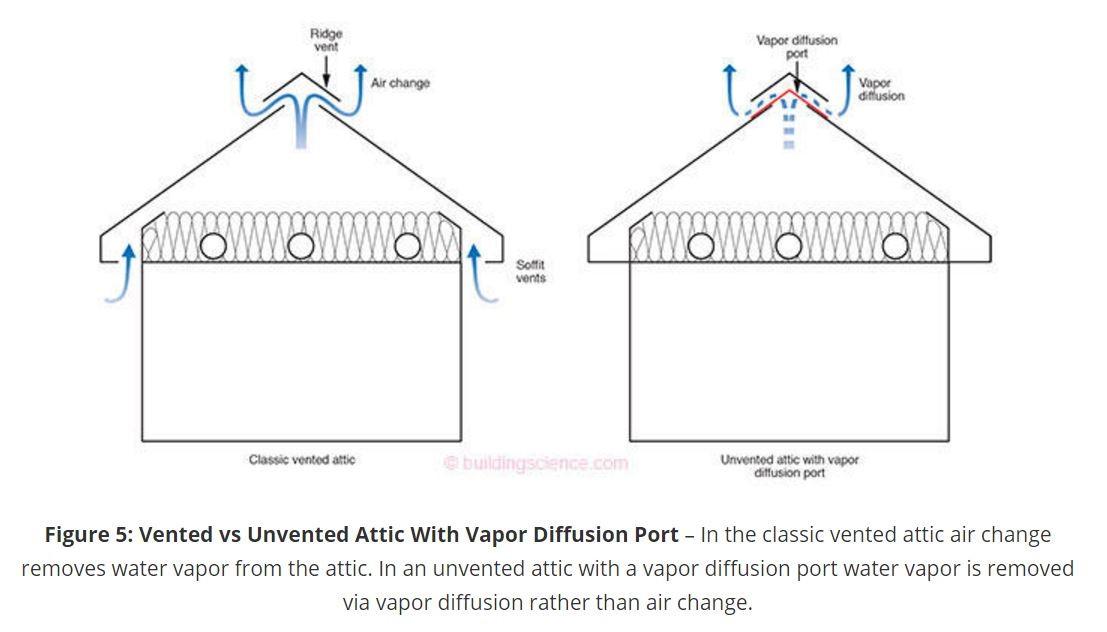Finished rooms built into attics often have open cavities in the floor framing under the sidewalls or kneewalls.
How to seal attic junction box.
We re going to show you how to seal up light fixtures in the ceiling the junction box for ceiling mounted fixtures as well as recessed light cans.
Caulk around electrical junction boxes and fill holes in the box with caulk.
The form is slightly larger than the box creating a small gap on the sides and a.
In this video series we re going to show you some simple techniques and off the shelf materials that you can use to air seal up most all of the air leaks that you ll find in an average attic.
You are not trying to shove foam down the wall but rather make an air tight cap on top.
Find electrical wires that are penetrating the ceiling.
Placing a fold of electrical tape over the end of a unused wire is fine in a temporary situation but not as a long term solution.
Find the lighting electrical box for each room and cover it with a dose of spray foam.
Apply a bead of caulk or adhesive around the opening.
Seal openings around plumbing vents and electrical wires with expanding foam photos 8 and 9.
Two architects have come up with an inexpensive way of air sealing and insulating electrical boxes in exterior walls.
After puzzling over the best way of meeting a code requirement for sealed boxes bill hicks and lucas schad developed a cardboard form called the box shell that wraps around an electrical box.
This stuff is super sticky and almost impossible to get off your clothes and skin.
If you have a finished attic seal behind the kneewalls.
It is best to screw a wire connector over the end of the wires and cover the box with a blank plate as you have mentioned.
Stick the spray foam nozzle in the hole with it and give it a quick squirt.
Slide the ends of the cables through the cable connectors until the they extend 6 inches from the front of the box.

